
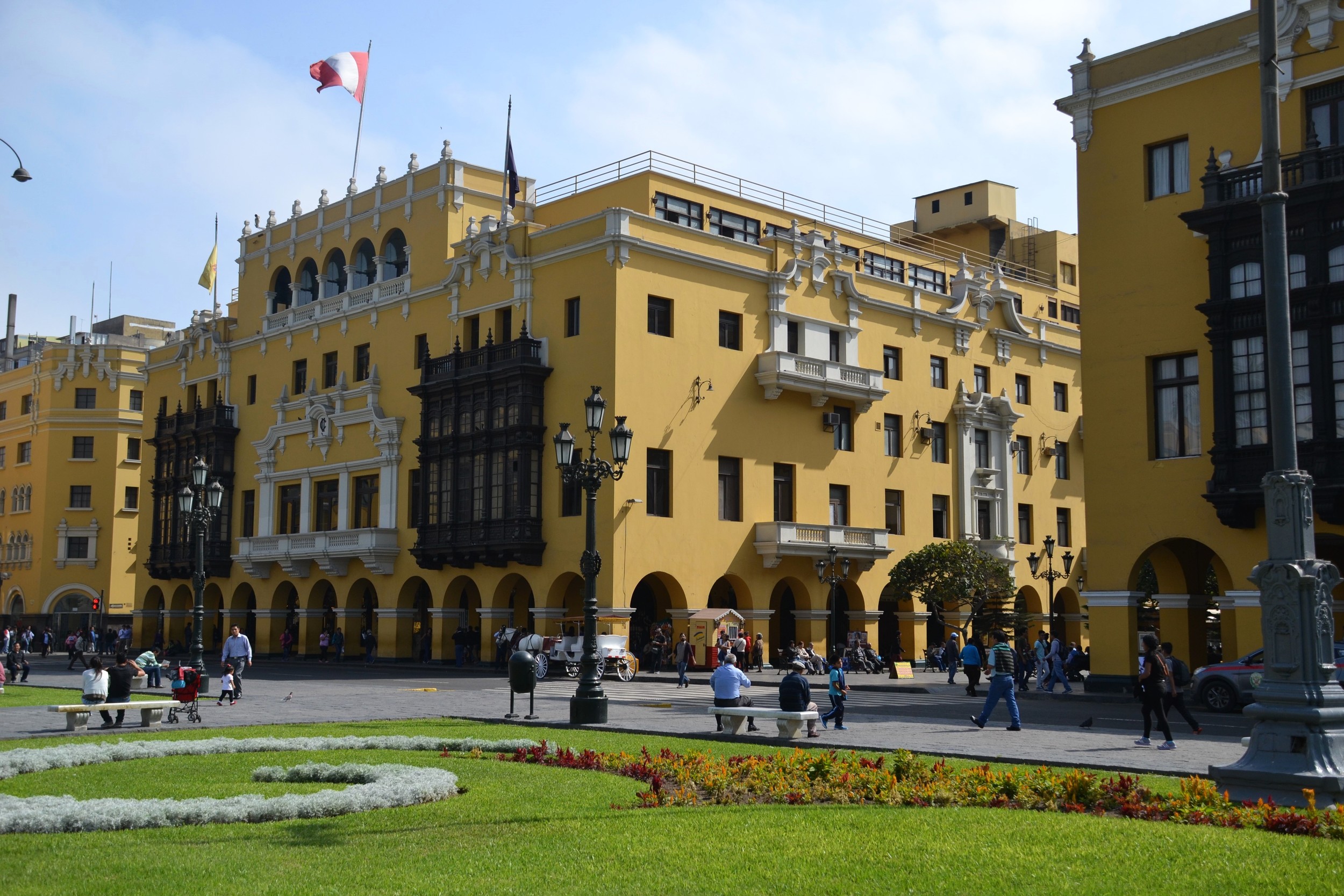
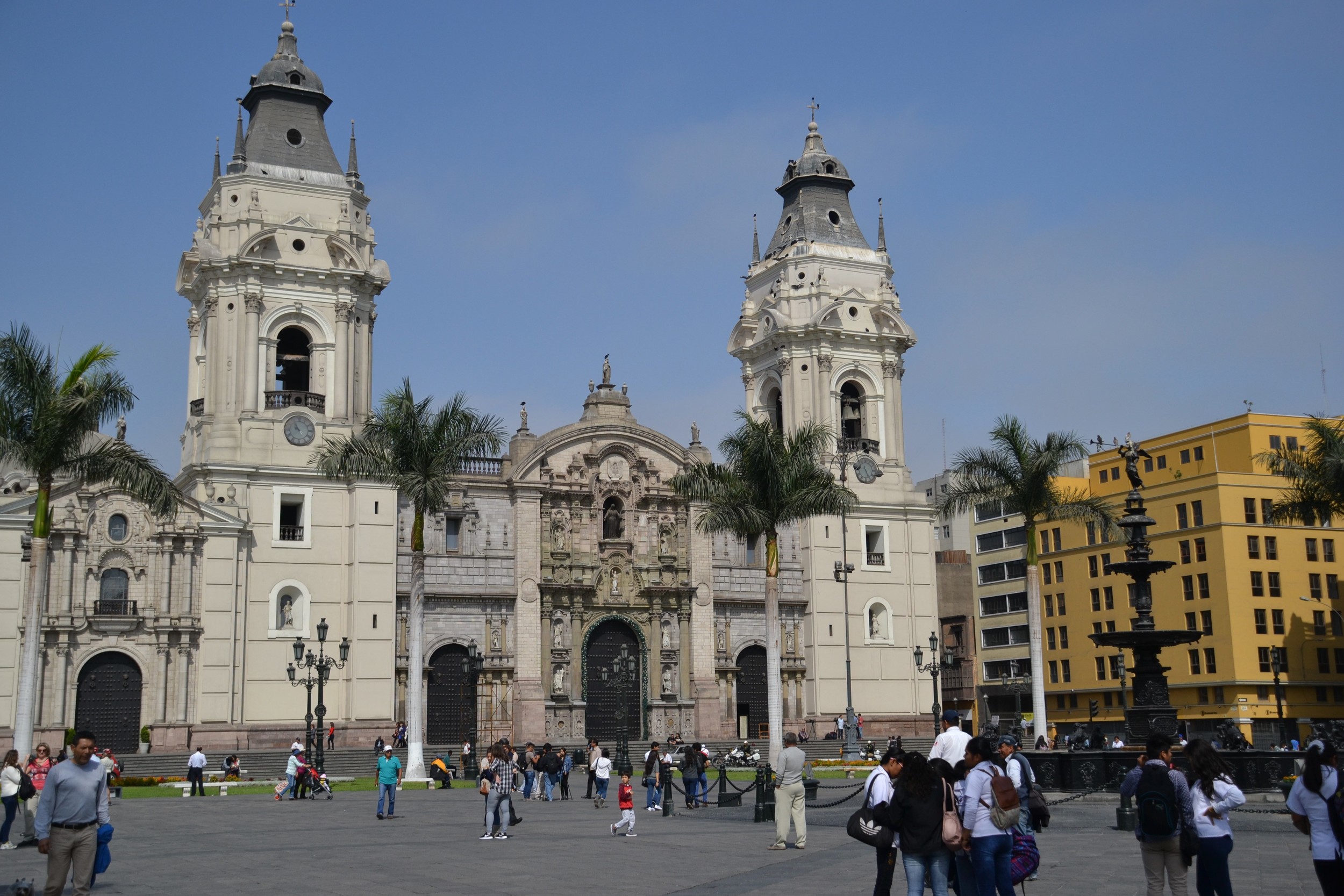
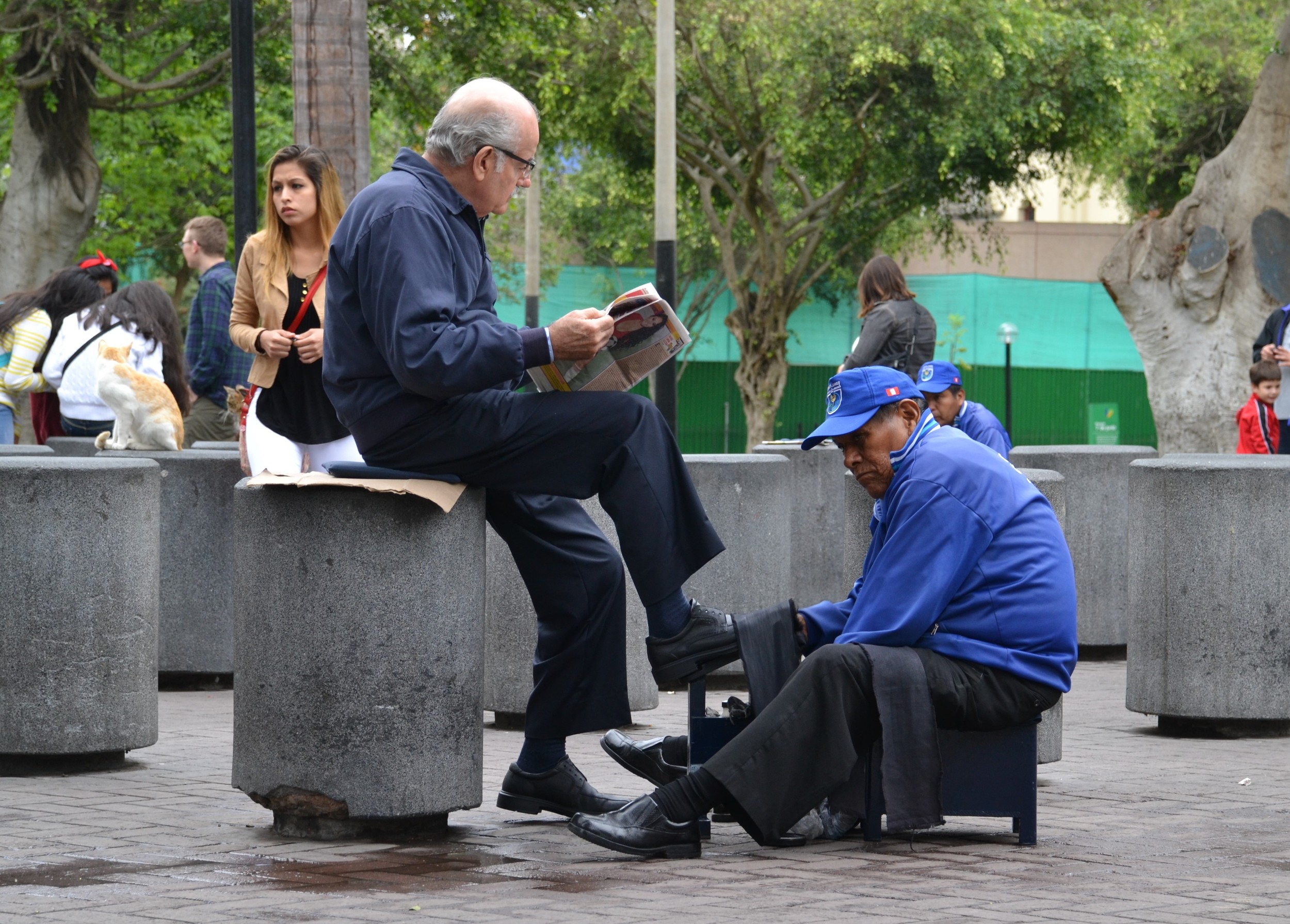
The city of Lima owes its name to a mispronounciaton.
The river that runs through the city was once called the Limaq by the native people, after a famous Oracle (Limaq means 'talker' in Quechuan). But when the Spanish arrived to build a city in 1535, they mispronounced the name as 'Lima,' and that name has stayed since.
Colonial powers rarely felt under obligation to get the phonetics right.
***
Lima's famous yellow arches. Not golden. That logo belongs to McDonald's.
Lima's Jorge Chávez International Airport is a small airport, located a twenty minute drive from Miaflores--the gentrified area of the city that most guidebooks prod tourists toward.
Exiting this airport at 01.40 in the morning, I was immediately accosted by a huddle of touts trying to force me into their dodgy-looking taxis, bringing to mind horror stories of unsuspecting tourists being robbed in Lima's unmarked cabs. The chaos of the touts was oddly comforting after the brusque roboticism of America's TSA. It felt a lot more human, by comparison.
I didn't take an unmarked cab. My hostel in Miaflores sent a taxi out to me, for only 60 sols (about $20.) It seemed like the safer option.
I didn't say I minded the guidebook's prodding, after all.
***
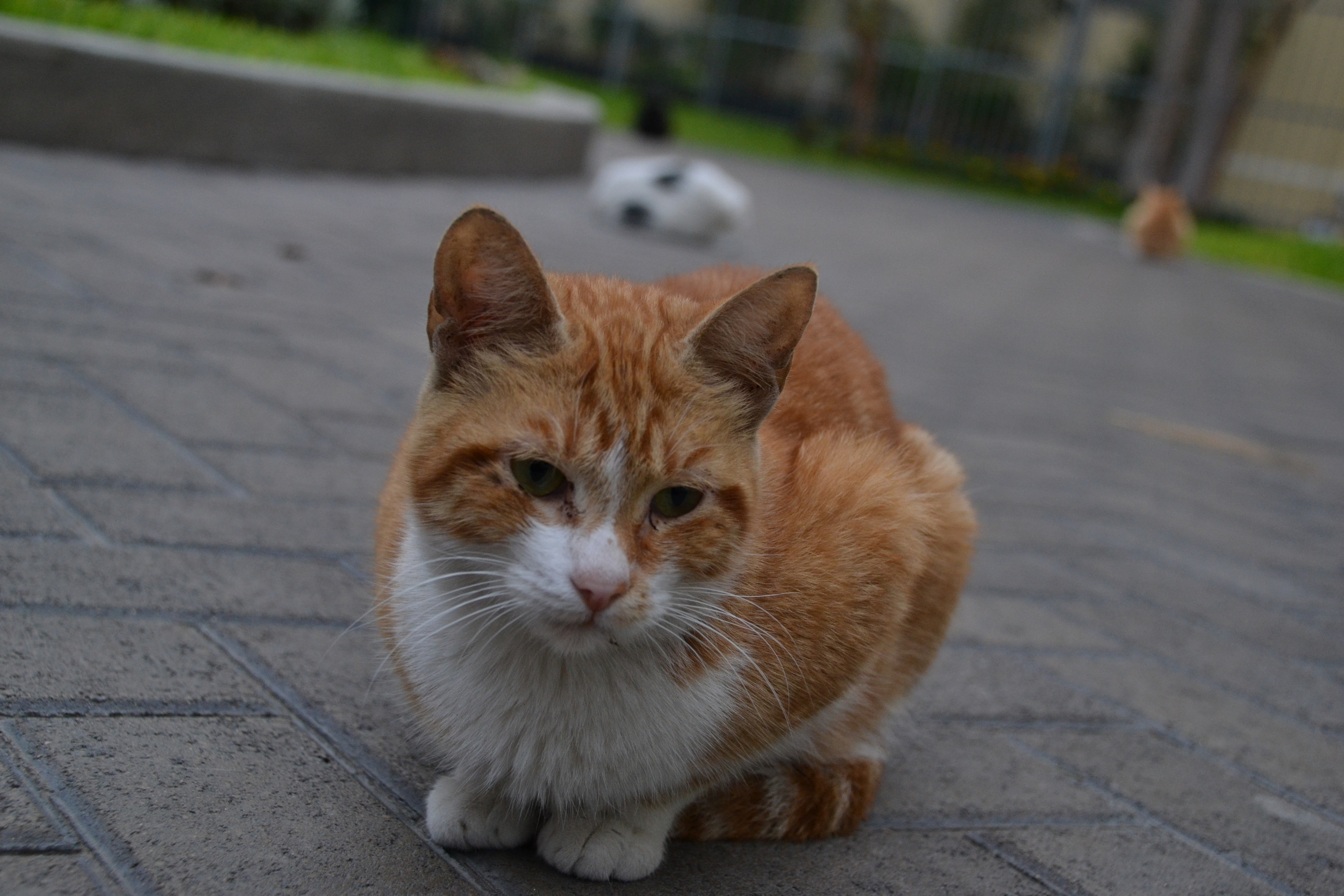
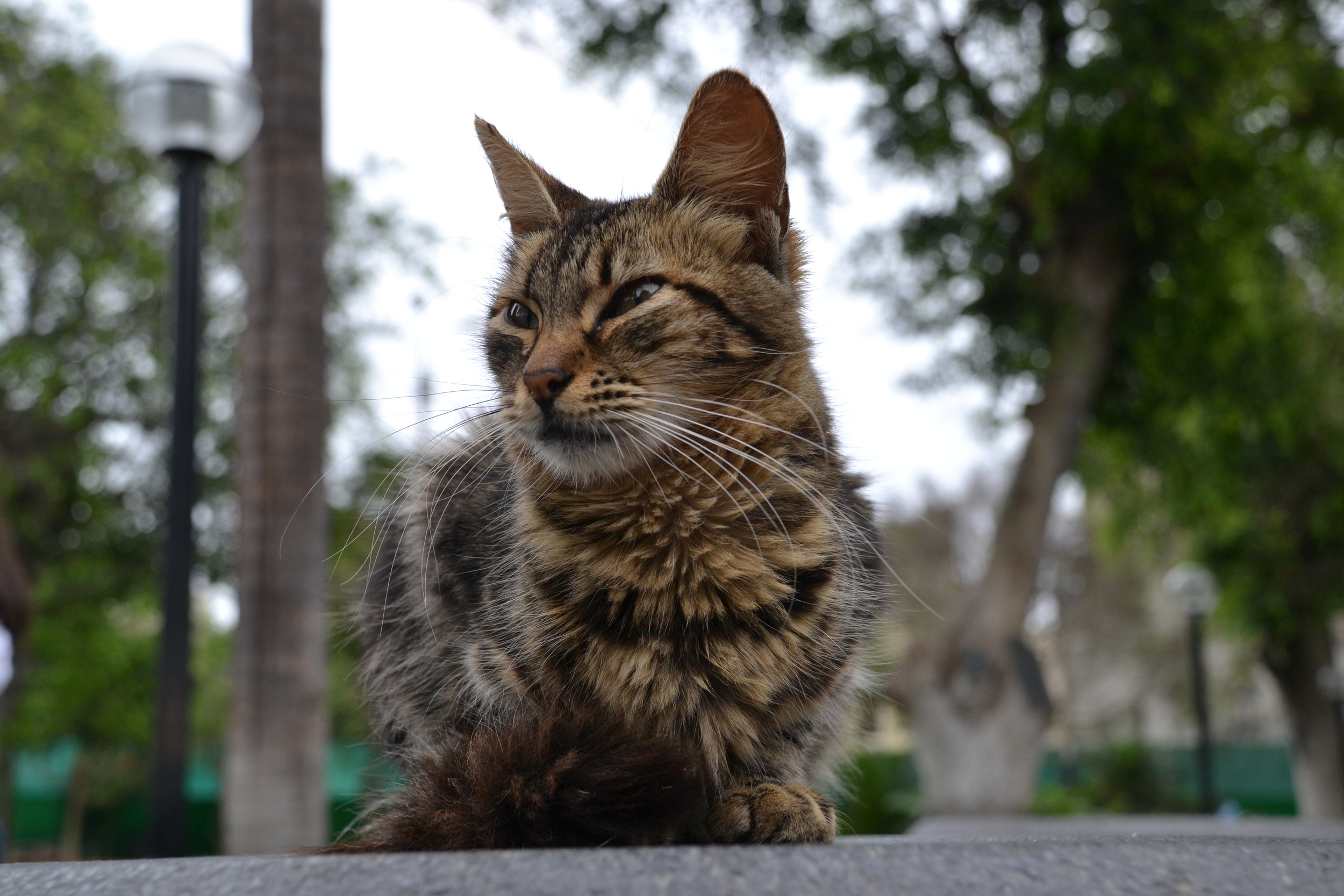
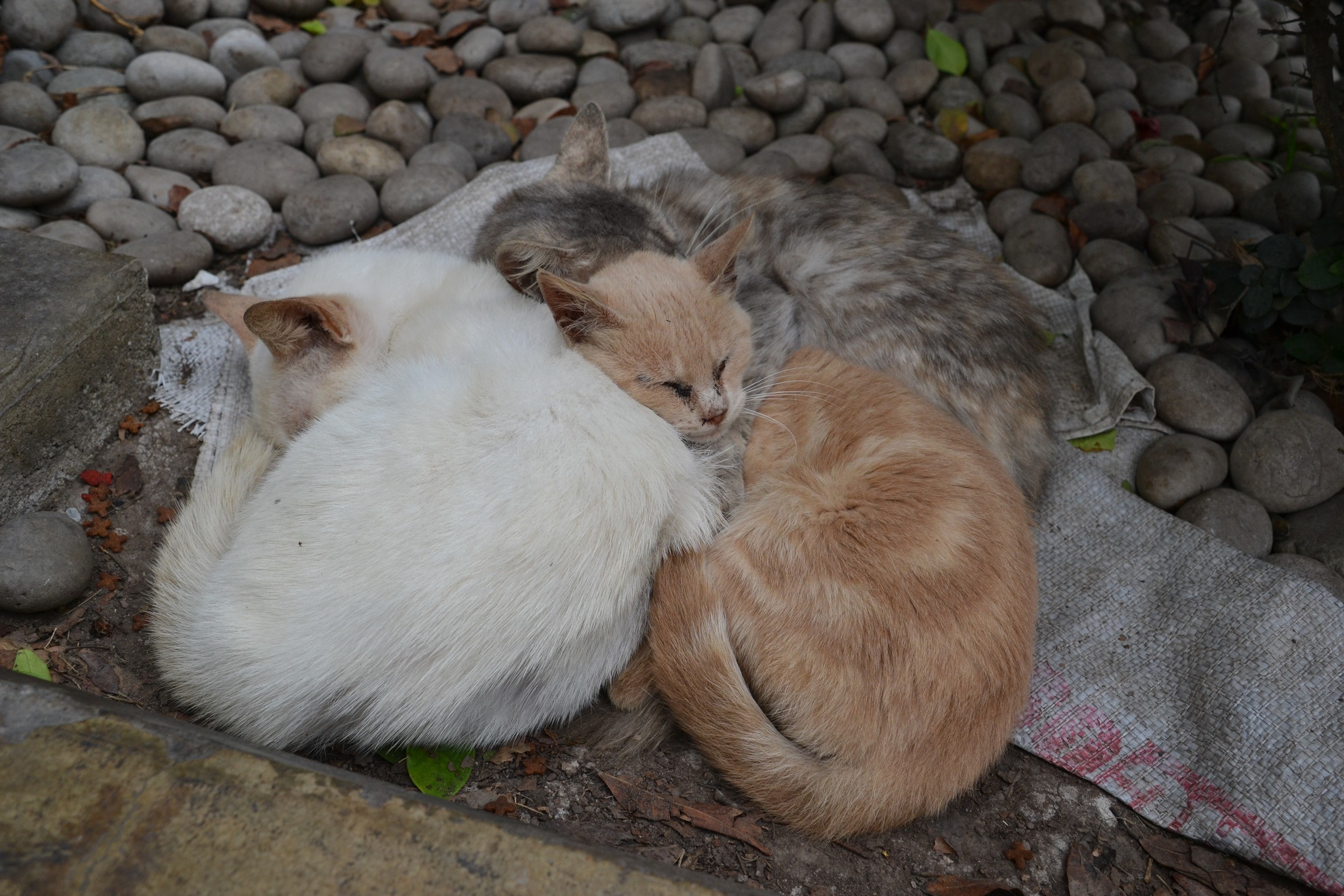
In Lima's famous Kennedy Park, stray cats congregate from across the city, to be fed by locals. At night, there's sometimes dancing amid the cats.
***
Lima is the capital of the Peru; its largest city, perched on the coast. It's the second largest city in the Americas, and a draw for visitors and migrants from across the continent. So much so, in fact, that the city is bordered by shanty settlements called Pueblos Jóvenes, scrappy hospots of crime and poverty seething in semi-legitimacy on the city's edges.
Unfortunately for its non-shanty architecture, Lima is located in an area known as the Ring of Fire--a part of the Pacific Rim prone to intense earthquakes. Over the years, great chunks of the city have needed to be repaired and rebuilt, usually to the latest architectural fashions. This has left the city a bit of a jumble when it comes to building styles, with its most distinctive features being the bright yellow blocks with bright yellow arches that stand out amid small flower gardens in the centre of town.
It may be karma. When the Spanish came to Lima, they decided to build a cathedral right on top of the existing Inca temple, destroying it in the process. Since the, thanks to Lima's position on the Ring, the grand Cathedral of Lima has needed to be rebuilt eight times.
Perhaps somewhere there's an angry Inca god, who's trying to get a point across.
***
Across the bridge to downtown Lima
'People from Miaflores say not to go down town,' The tour guide told us, dismissively, 'they say you will get killed, you will get robbed, you will get raped, but no.'
He was a short, lightly lisping man by the name of Arturo, wearing a yellow safety jacket and leading a herd of about two dozen backpackers through Lima's city centre--cameras poised and expressions studiously interested. Our tour group had irritated locals from across the city, clambering on an off public buses on our quest for landmarks to ponder at, and now we were on the edge of Lima's main square, looking across the river to the hustle and bustle of Lima's infamous downtown.
'The people there are good, hard-working people,' the tour guide said, enthusiastically. A small tank trundled around the tour group, travelling along the bridge to downtown. Apparently this was not an unusual enough event to attract any comment from the tour guide. 'The people there are the real Lima.'
The guide then advised us not to venture downtown without a Peruvian friend or two, as we would likely get our pockets picked.
I wonder about the real Lima. In a city built on a mispronunciation, full of buildings that have been remade so many times, what counts as the real and genuine heart of a place?
The answer is pretty obvious, I guess.
It's whatever the people living there think. Especially the tour guides.
EXTRA BITS:
>Llama Watch: I have seen a Llama, along with some alpacas. They were being held in a cage in Huaca Puccllana--a set of pre-Inca ruins in the heart of Lima, and in interesting place to tour. They didn't look too happy about it, so I've decided that they don't count.
>Also glimpsed in Huaca Puccllana--Peruvian Hairless Dogs, scrappy creatures who are sometimes put in little shirts and jumpers to keep them warm (and possibly chic) in the cold.
>The Inca deity responsible for earthquakes would in fact be a goddess, in case you were wondering--by the name of Pachamama.